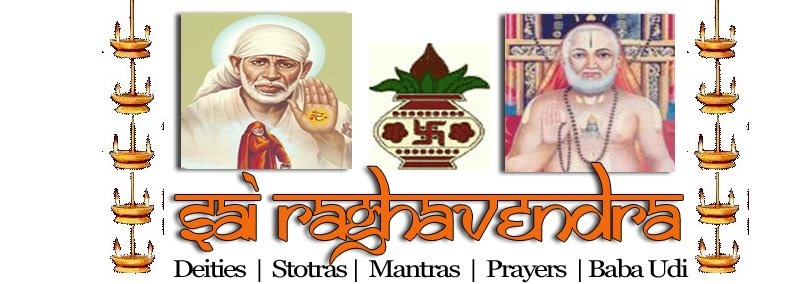
Shree Ganeshaya Dhimahi lyrics by Shankar Mahadevan
Mmmmm Mmmmm
Pausaaaaaaa Pausaaaaaa
Gananayaka Ganadaivataya Ganadaksha Yadhimahi
Guna shariraya Guna Manditaya Guneshanay Dhimahi
Gunaditaya Gunadhishaya Guna pravishtaya Dhimahai
Ekadantaya Vakratundaya Gauri tanahaya yadhi mahi
Gajeshanaya Bhalchandraya shree ganeshaya dhimahi
{Ekadantaya Vakratundaya Gauri tanahaya yadhi mahi
Gajeshanaya Bhalchandraya shree ganeshaya
dhimahi}-chorus
Gaanachaturaya ganaapranaya gaanantaratmane gaanot
sukhay
Gaanamattaya gannott sukha mana se
Guru pujitaya, Guru daivataya, Guru kulasthaine
Guru Vikramaya, Guiyya pravaraya Gurave guna gura ve
Gurudaitya kalakchetre, Guru dharma sada rakdhyaya
Guru putra paritratre Guru pakhand khand khaya
Geet saraya, Geet tatvaya Geet kotraya dhimahi
Gudha gulfaya, Gandha Mattaya Gojaya pradaya dhimahi
Gunaditaya Gunadhishaya Guna pravishtaya Dhimahai
Ekadantaya Vakratundaya Gauri tanahaya yadhi mahi
Gajeshanaya Bhalchandraya shree ganeshaya dhimahi
Ekadantaya Vakratundaya Gauri tanahaya yadhi mahi
Gajeshanaya Bhalchandraya shree ganeshaya
dhimahi}-chorus
{Gandharva rajaya gandhaya Gandharva gana shravan
pranaime
Gaadha anuragaya granthaya geetaya grantatarth
tanmaiye gurileee.
Gunavateee.. ganapatayeee..}- chorus
Granta geetaya granta geyaya grantanta ratamane
Geeta leenay geetaa shrayaya
Geetavadya vadya padave, dheya charitaya gaya gavaraya
Gandharvapri krupe gayakadhina vighra haya
Gangajala pranayavate Gauri stanamadhaya Gauri hridaya
nandanaya
Gaur bhanu sukhaya Gauri ganeshwaraya
Gauri Pranyaya Gauri pravanaya Gaur bhavaya dhimahi
Ohasa hastraya gowardanaya gopa gopaya dhimahi
Gunaditaya Gunadhishaya Guna pravishtaya Dhimahai
Ekadantaya Vakratundaya Gauri tanahaya yadhi mahi
Gajeshanaya Bhalchandraya shree ganeshaya dhimahi
{Ekadantaya Vakratundaya Gauri tanahaya yadhi mahi
Gajeshanaya Bhalchandraya shree ganeshaya
dhimahi}-singer and chorus together
Pausaaaaaaa Pausaaaaaa
Mmmmm Mmmmm


























